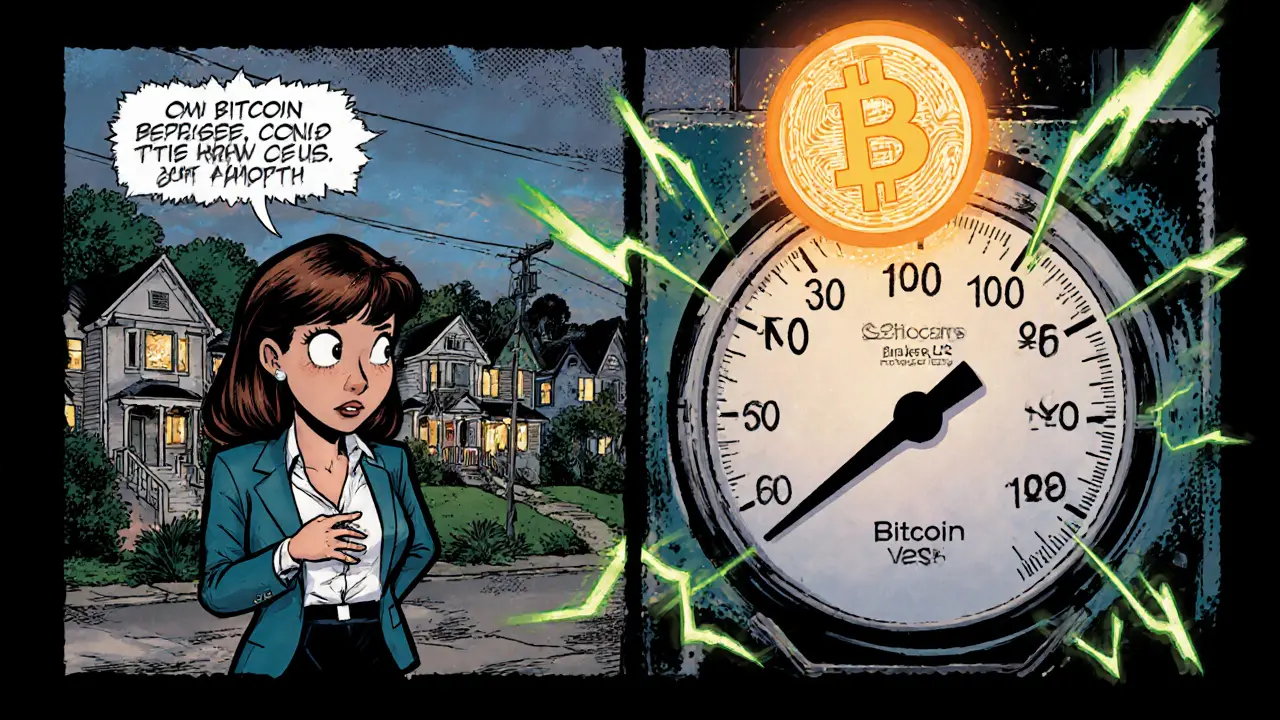Bitcoin Energy Consumption: What It Means for Crypto and the Planet
When talking about bitcoin energy consumption, the total electricity used by the Bitcoin network to secure transactions and create new coins. Also known as the crypto power demand, it directly ties to proof of work, the consensus mechanism where miners solve computational puzzles and the type of renewable energy, electricity generated from solar, wind, hydro or geothermal sources that powers mining farms. The carbon footprint, the amount of CO₂ emitted because of that electricity use is a hot topic for regulators, investors and everyday users alike. In short, bitcoin energy consumption encompasses the hardware, the consensus rules and the source of power, while requires massive electricity and influences the global carbon balance.
Why the Numbers Matter and What’s Shaping Them
Bitcoin mining hardware, especially ASICs, decides how much energy is needed per hash. More efficient chips lower the energy‑per‑transaction metric, but an ever‑growing network hash rate often offsets those gains. That creates a feedback loop: higher hash rate → higher electricity demand → bigger carbon footprint unless the mix shifts toward renewables. Governments are watching this loop closely; some jurisdictions are drafting policies that tie mining permits to renewable‑energy quotas. On the other side, many mining operators are relocating to regions with abundant cheap wind or solar power, turning the energy consumption challenge into a business case for sustainability. The interplay between proof of work and renewable energy shows that reducing bitcoin’s carbon impact requires both technical upgrades and policy incentives. Meanwhile, the broader crypto community debates alternatives like proof‑of‑stake, which promise orders of magnitude less power use, but also raise questions about security and decentralization.
Below, you’ll find a curated set of articles that break down these topics in plain language. From deep‑dive analyses of mining hardware efficiency to real‑world case studies of renewable‑powered farms, the collection gives you practical insights you can act on. Whether you’re curious about the latest energy‑use metrics, looking for ways to evaluate a project's sustainability, or just want to understand how bitcoin’s power demand shapes the market, the posts ahead cover the full spectrum.




